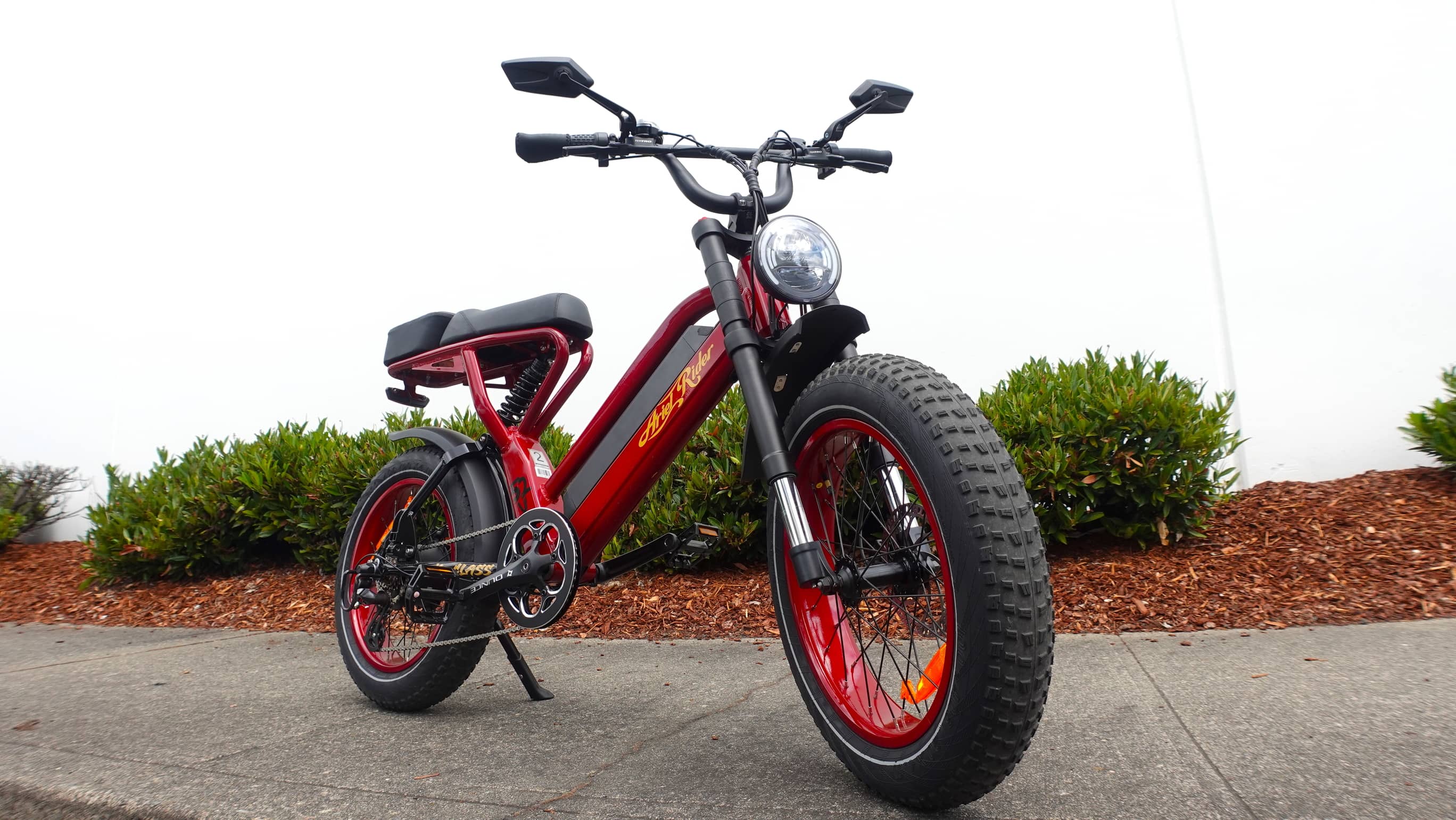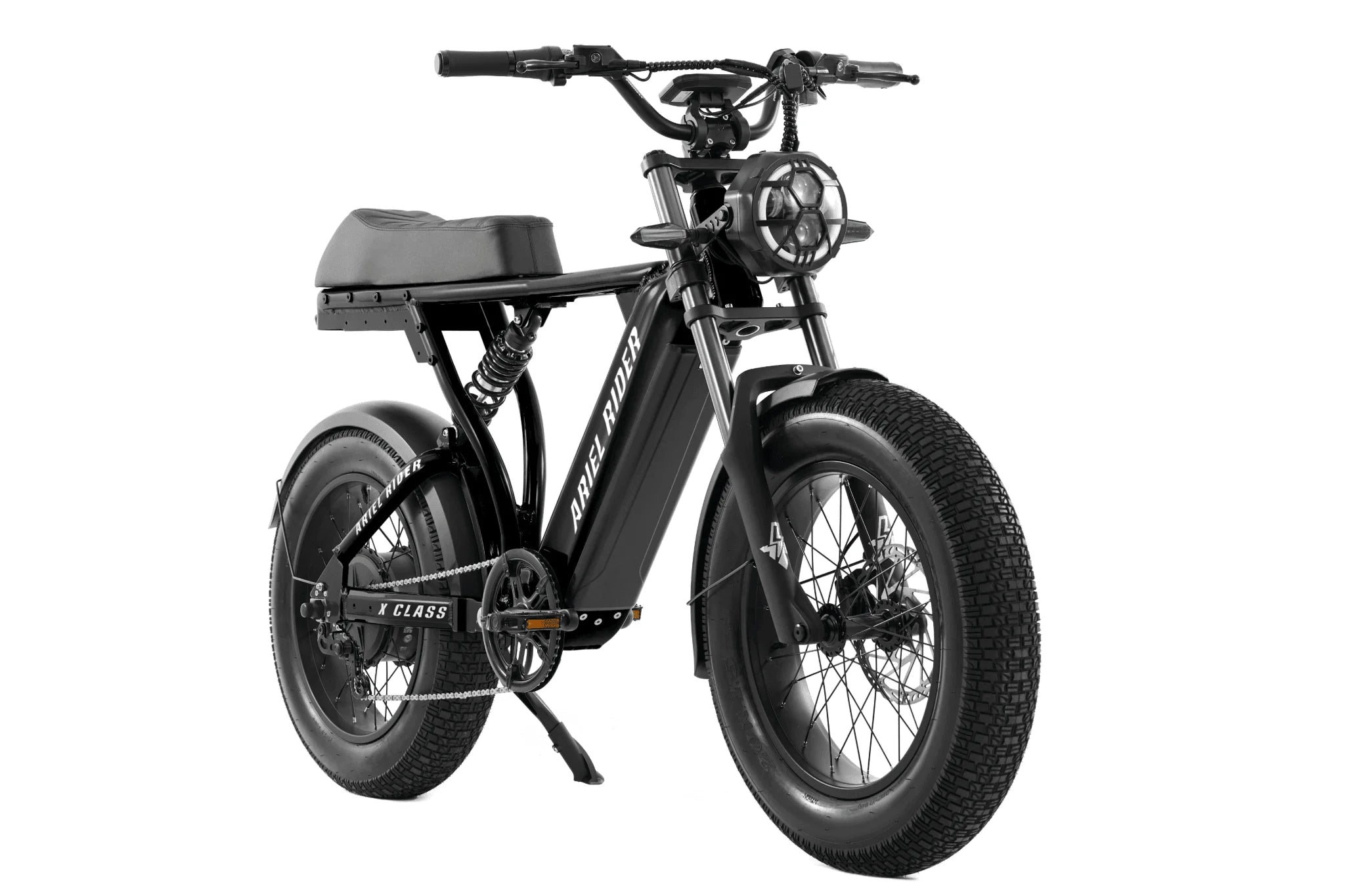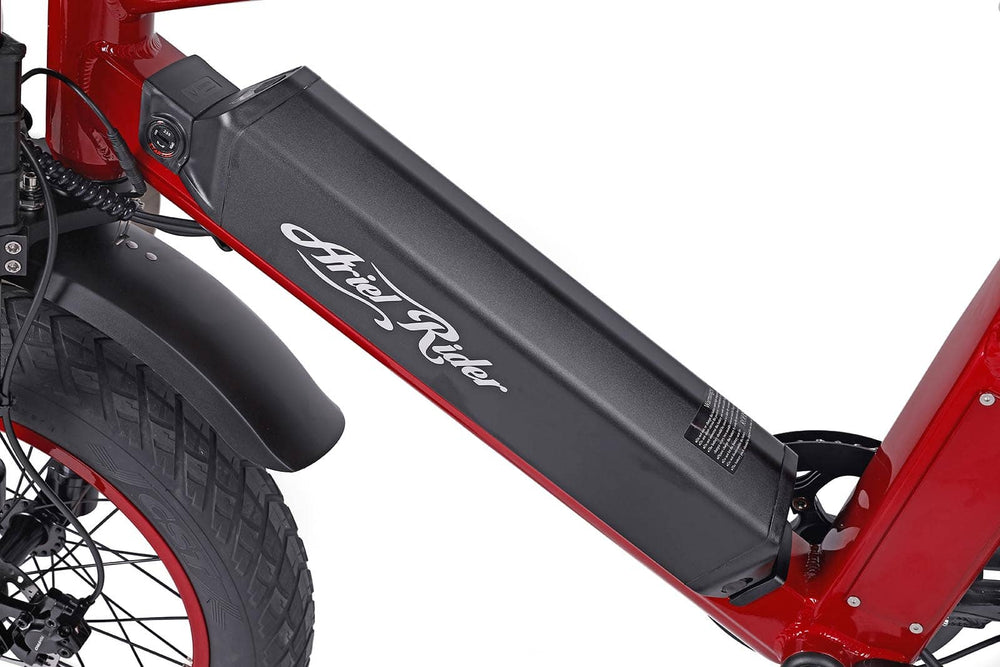Why do ebike batteries deteriorate over time?
Modern Li-ion batteries self-discharge as well as depleting it is charge whilst riding. This self-discharge is a gradual loss of its energy stores. Its rate is extremely low (about 1-2% per month) but, the process has the potential to kill your battery, which happens to be the most expensive part of your ebike as well.
When your display informs you that your battery is empty, your battery management system (BMS) is telling you that you have reached the minimum charge level before damage occurs to the cells, this is why it’s important to stop using the battery when your screen tells you you’re out of juice. To avoid this happening whist riding, ebike li-ion batteries are designed with discharge protection circuits that ensures that the battery voltage doesn’t drop below this safe, minimum level of charge. This is valid for during a short term storage as well. However, if stores incorrectly or for too long, the “self-discharge “ means that the battery will continue to lose voltage past “empty” but, this discharge is causing irreversible damage to your battery cells this time around. Once the battery is in this state, it reaches a point of no return, and inevitably it’s acknowledged as dead.
What’s the best way to store my ebike battery?
How you store your battery will affect the rate of discharge. Even short-term storage in high or low temps could damage your ebike battery, so avoid temps below 20 F and above 104 F where possible. Even a few hours outside of this range could potentially damage your batteries, which can easily happen at the back of your car/truck. Remember, it’s always warmer under the sun. Your ebike batteries should be stores in a totally dry area, away from combustible material at a temperature between 20 F to 68 F ideally. All manufacturers agree that the optimum storage temperature is a constant 50 F as the decomposition reaction is slow, reducing the battery aging rate.
Can I leave my ebike battery on my bike?
If there is any fluctuation in temperature or moisture in the air where you store your bike, you run the risk of corrosion of the battery contacts and terminals. Unless you happen to maintain laboratory conditions in your garage, we recommend removing your ebike battery from the bike and protecting the contacts from corrosion with a thin layer of terminal grease for any storage duration.
Can I leave my ebike battery connected to the charger?
The high-quality lithium-ion batteries found on ebikes have a battery management system that detects potential errors, including overcharge, over-discharge, and discharge rate protection. Theoretically, you could leave your battery charging indefinitely, without reducing its life but there is no advantage to doing so and you increase the risk of electrical fires caused by faulty chargers or sockets. Once at 100%, the battery will continue trickle charging, costing you and the environment in wasted electricity. That’s why we do not recommend you to keep your battery connected to the charger for over 12 hours at any time.
What should I do when I want to ride my ebike again?
Even after prolonged storage, such as during the winter, it is completely possible to just plug the battery back on the bike and ride without recharging it. Modern Li-ion cells have no memory effect so lithium-ion batteries can be charged at any point in their SOC without causing damage or reducing capacity, regardless of interruptions and charge duration. We recommend a full charging cycle once taken out of hibernation, as this will help the battery management system calibration and calculation of the battery’s capacity.





